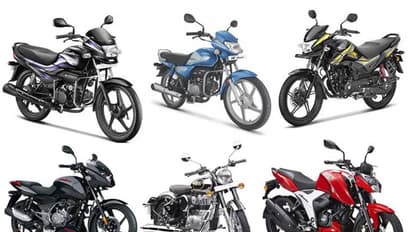Mandatory ABS on all motorcycles? Here's what riders need to know
Published : May 26, 2025, 01:06 PM IST
The main purpose of ABS is vehicle control. Currently, ABS is included on every bike or scooter above 125cc, but the question arises whether it will be mandatory for all bikes.
Read more Photos on
